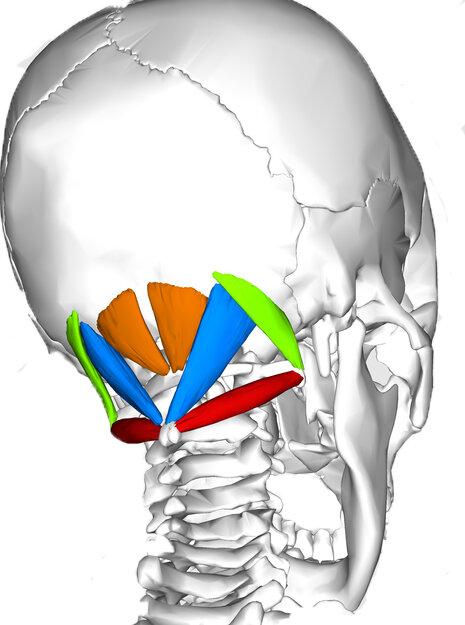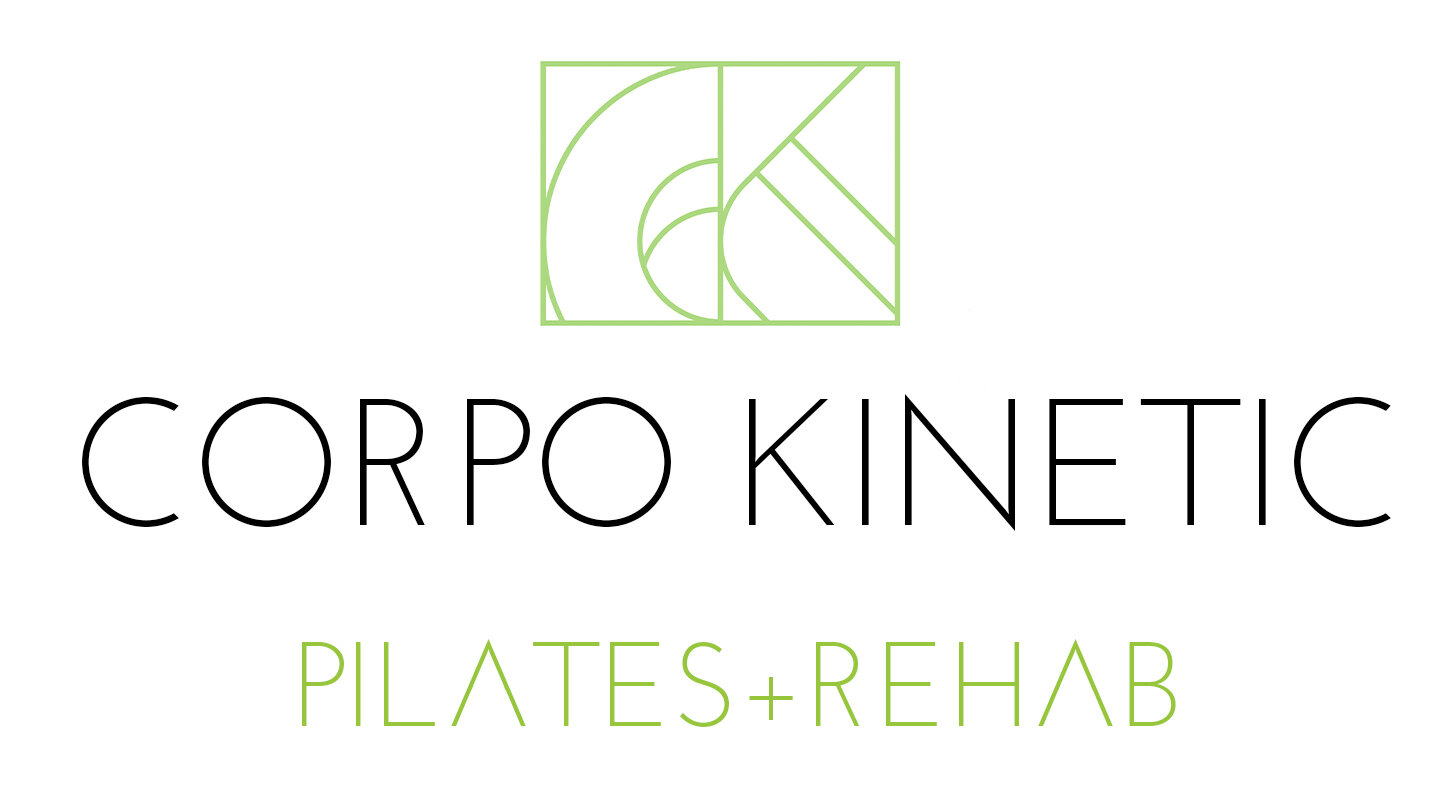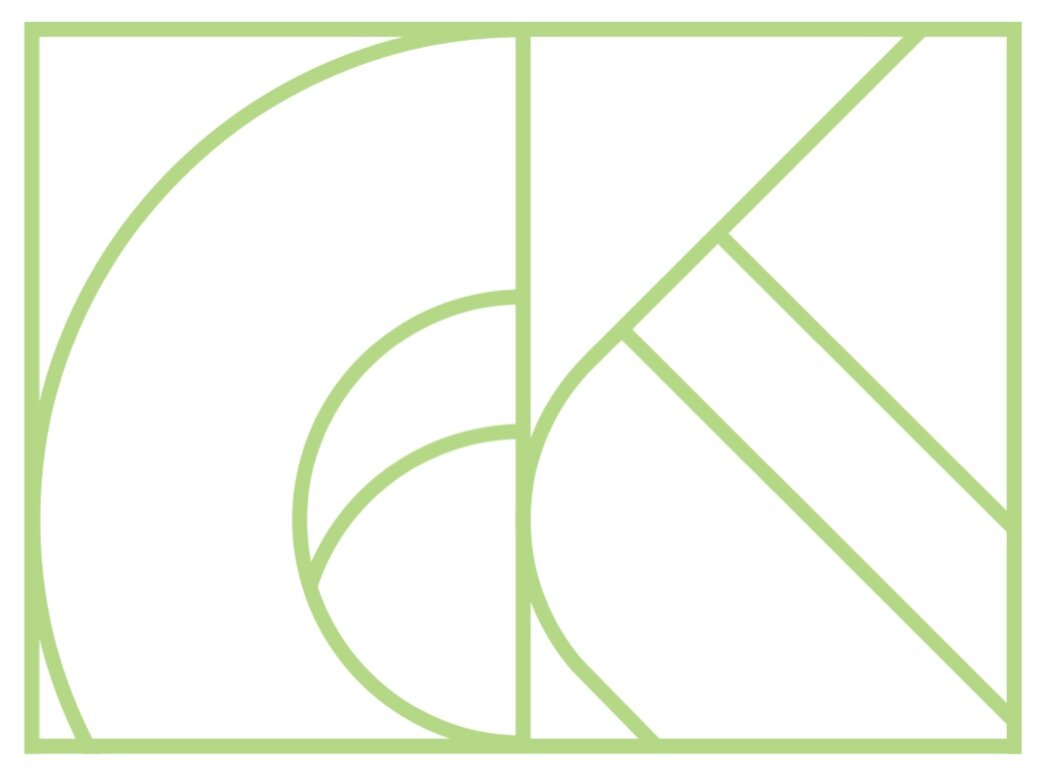
Blog

Five Simple Foot Exercises
As upright beings, our feet are our base of support. There are 26 bones & 33 joints in each foot to allow the feet to absorb and distribute the impact of standing/walking/running throughout the rest of the body…
Treating your feet to added mobility and strength exercises can free up tension in your calves, hamstrings, hips, and spine. The effects of caring for our feet can be felt in the entire body!

Anatomy Moment: The Suboccipital Muscles
The suboccipital muscles are a group of eight tiny muscles - four on the right, four on the left - that attach the skull to the first and second vertebrae in the neck. Anatomical terms can give us a host of information about muscle shape or location, and, in some cases, function. Let’s explore what the suboccipital muscle names tells us…

Your Neck Has a “Core” Too! What is the Longus Colli?
In this month’s blog we’ll dive deeper into the neck & cervical spine: what optimal alignment looks like, what happens when we come out of alignment, and how to realign and strengthen the neck.
Our neck is responsible for moving our head around for us to see and interact with the world. It also serves the vital function of protecting our throat, windpipe, and the blood vessels that supply the brain. If you think about all the super important jobs our neck does, no wonder it occasionally feels tired! It, like the rest of our body, needs a strong core of support.

How Do We Counter Computer Poster?
Have you found yourself at a computer lately? Thank goodness for technology’s ability to keep us connected, but if you’re feeling an achy upper back, tight shoulders, neck stiffness, or maybe even a headache - you may be feeling the effects of “computer posture.” As we look at the computer for hours on end, our head tends to creep forward, shoulders round, chest sink, and upper back hunch. These postural changes are often exaggerated when sitting, because the position of our pelvis impacts the position of our upper backs and necks. We’ve been calling this position “computer posture” in class as most people instinctively understand the meaning. However, it has an official term: Upper Crossed Syndrome.

7 Ways to Love Your Musculoskeletal System
Happy Valentine’s Day, everyone! On this day of love, your local Pilates studio would like to chime in with some simple ways to give your muscles and bones the care they deserve. As everyone who has just been to a great Pilates class knows, giving your body some love often makes the rest of you — be it mood, energy, or spirit — feel better too.

